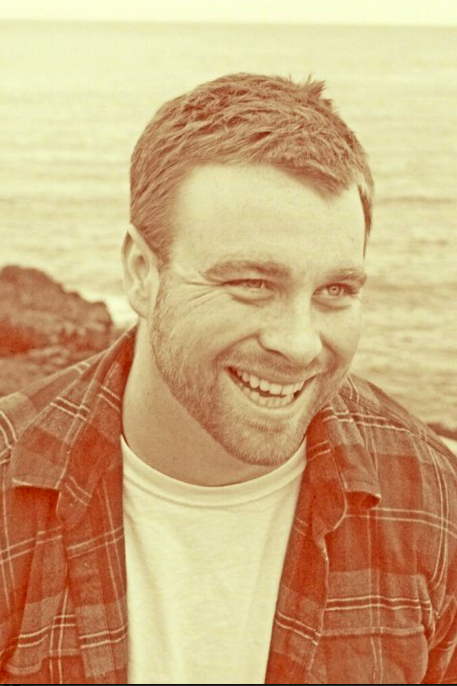 I don’t post twice a day or make pleas, but this must take priority.
I don’t post twice a day or make pleas, but this must take priority.
Last night, my friend Stephanie Rudat shared this link. It’s a memorial website to Nate Henn, an American who died on Sunday in a terrorist attack in Uganda whilst working directly with children to alleviate the terror that is “children soldiers.”
Nate spent a year and a half working with Invisible Children, a completely voluntary role, where he became somewhat of a big brother to these children who desperately need some good role models. On Sunday, an explosion ripped through a rugby field where people were watching the World Cup Final. Unfortunately, both Nate and some of the children he was working with died. You can read the full story here.
When Stephanie shared this with me, I gave $100 dollars to their cause immediately. It’s not a lot, but more than I normally give to things online. I figured that if Nate could give his life, then I could give $100.
I know there are 101 causes that we can give to, but none has touched me immediately like this, hence I am sharing it here.
Let’s not let “social media for social good” just be a mantra. Let’s do it.
Archived Comments
-
http://twitter.com/Malcolm12boxes Malcolm Sleath
The great thing about social media is the way in which a distant headline can become upfront and personal.
-
http://emmens.co.uk tobit
which is a good point, but it carries a risk.
When we are exposed to (via the various news / media channels) the constant and oppressive sensory nightmare that those less fortunate than us live in, we run the risk of just not seeing the desperation, because we lack the emotional and cognitive depth to deal with it. Upfront and personal yes, but sometimes I think that I need some kind of filter… -
/ Scott Gould
I agree with you both.
Malcolm – I love the way that this made it’s way to me, without them targetting me. This is spreadability in full effect.
Tobit – on a different angle, yes we over often over exposed on the news – but I think this is a broadcast problem. This article making it’s way to me did not desensitise me.
-
http://emmens.co.uk tobit
tell me more about the ‘broadcast problem’ thing. Essentially I live in a world where I select the amount of broadcast channels I am exposed to – I don’t have a TV, and get most of my ‘news’ information from the Today programme, PM and a Saturday paper. So the issue I face is when hideous things happen and are reported I am not exposed to the visuals. When I do see pictures and video – say the earthquake in Haiti I am overwhelmed, but when I see the next disaster, and the next, and the next, day in, day out (say, having access to a TV while on holiday) I stop being overwhelmed, probably because I stop processing – I become numbed, I and just watch.
So while social media might (re)connect me with a cause and I have the emotional energy and compassion (and $) to respond I have limited capacity! does this make sense. if it does, how do others deal with this? -
/ Scott Gould
The mass broadcast of problems in the world on news. When I see horrific photos, I’ve seen them before.
However, when I read the story about Nate, the whole thing becomes real to me
-
scottstafstrom
Donated… sorry all who have commented, though I agree with Malcolm on how a headline can becoming personal…I do not see what this has to do with media… it is a person that gave his life for a cause that he believed in… He stretched beyond his boundaries to help children that he did not know to offer love, to offer the gift of himself. Always asking for the strength and faith to do the same. Thank you Scott for sharing and it is not “too” much to post twice a day when it matters.
-
/ Scott Gould
Thanks Scott for giving and for your words. I agree here – there might be some issue to discuss, but the main thing is to respond with giving
Comments